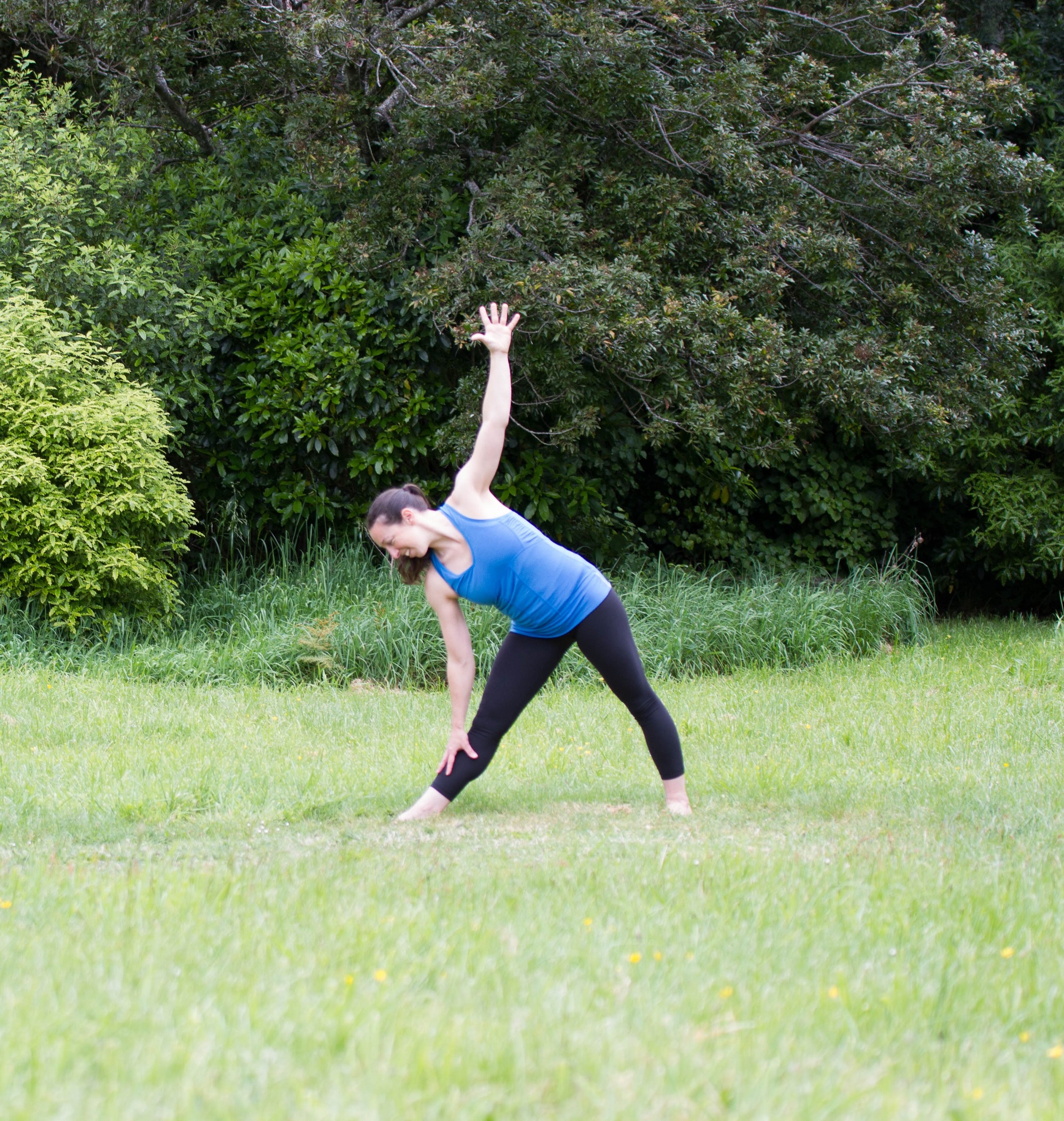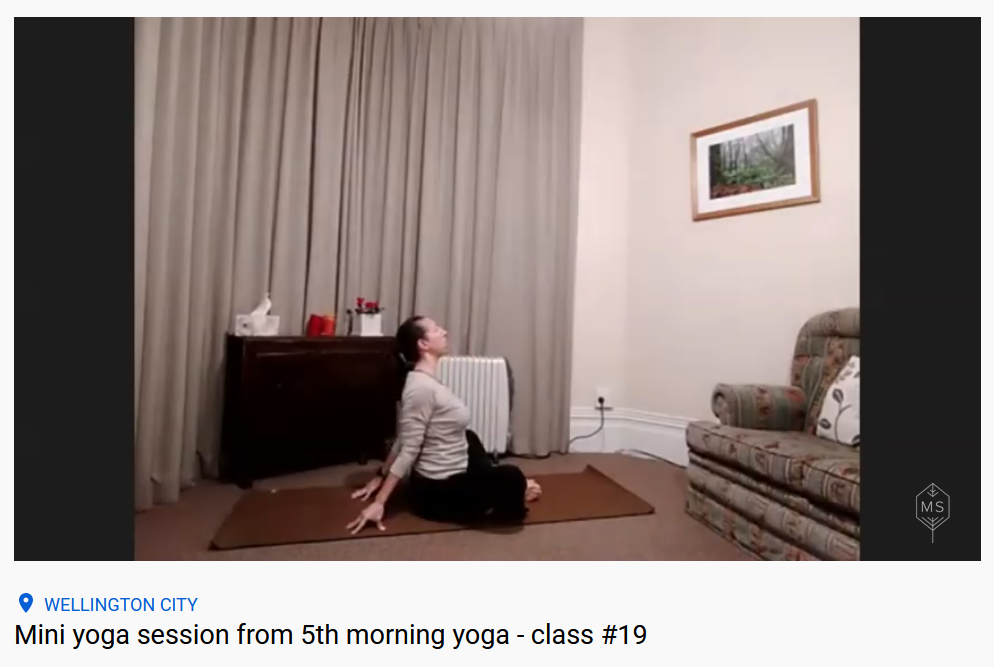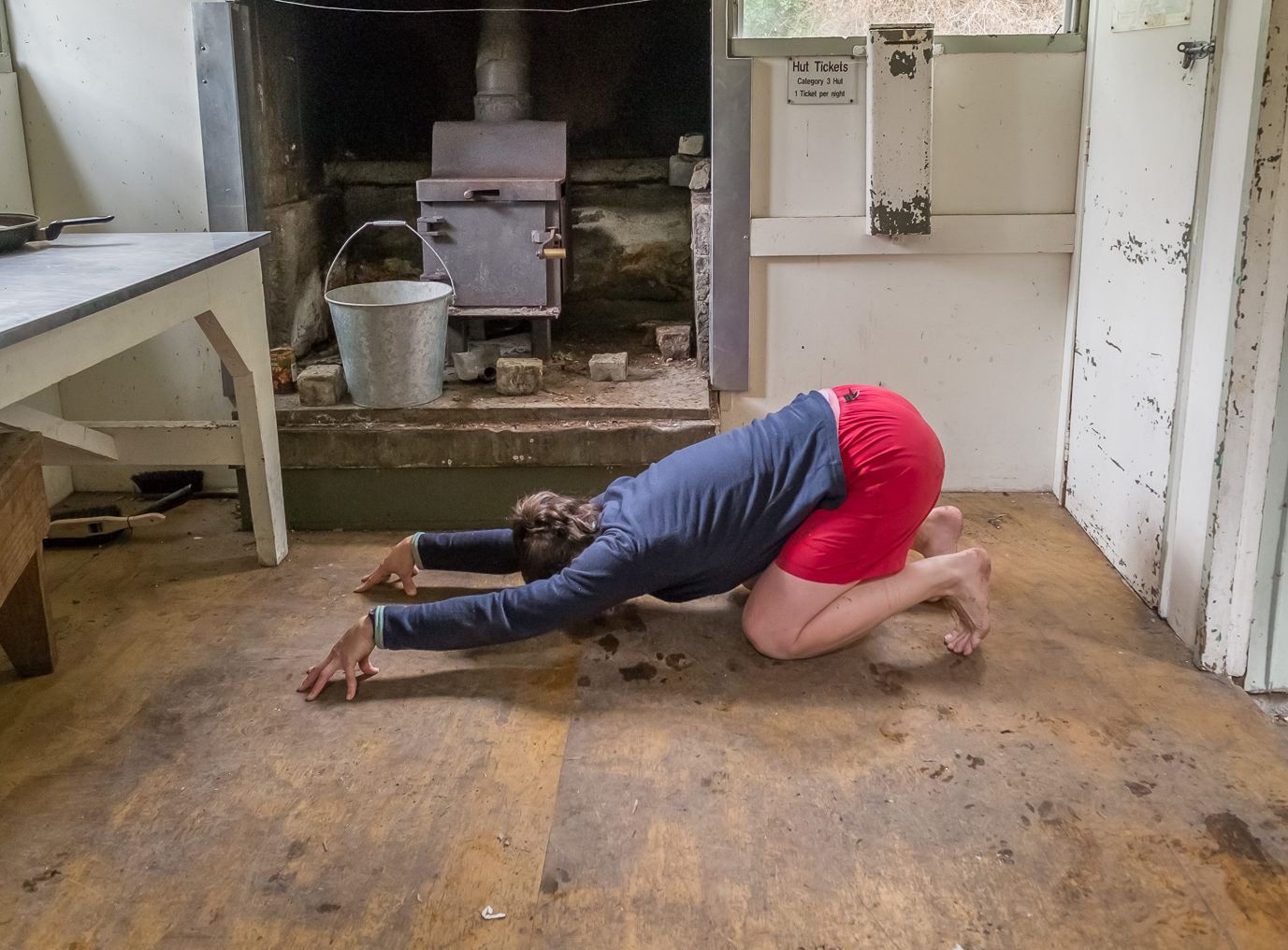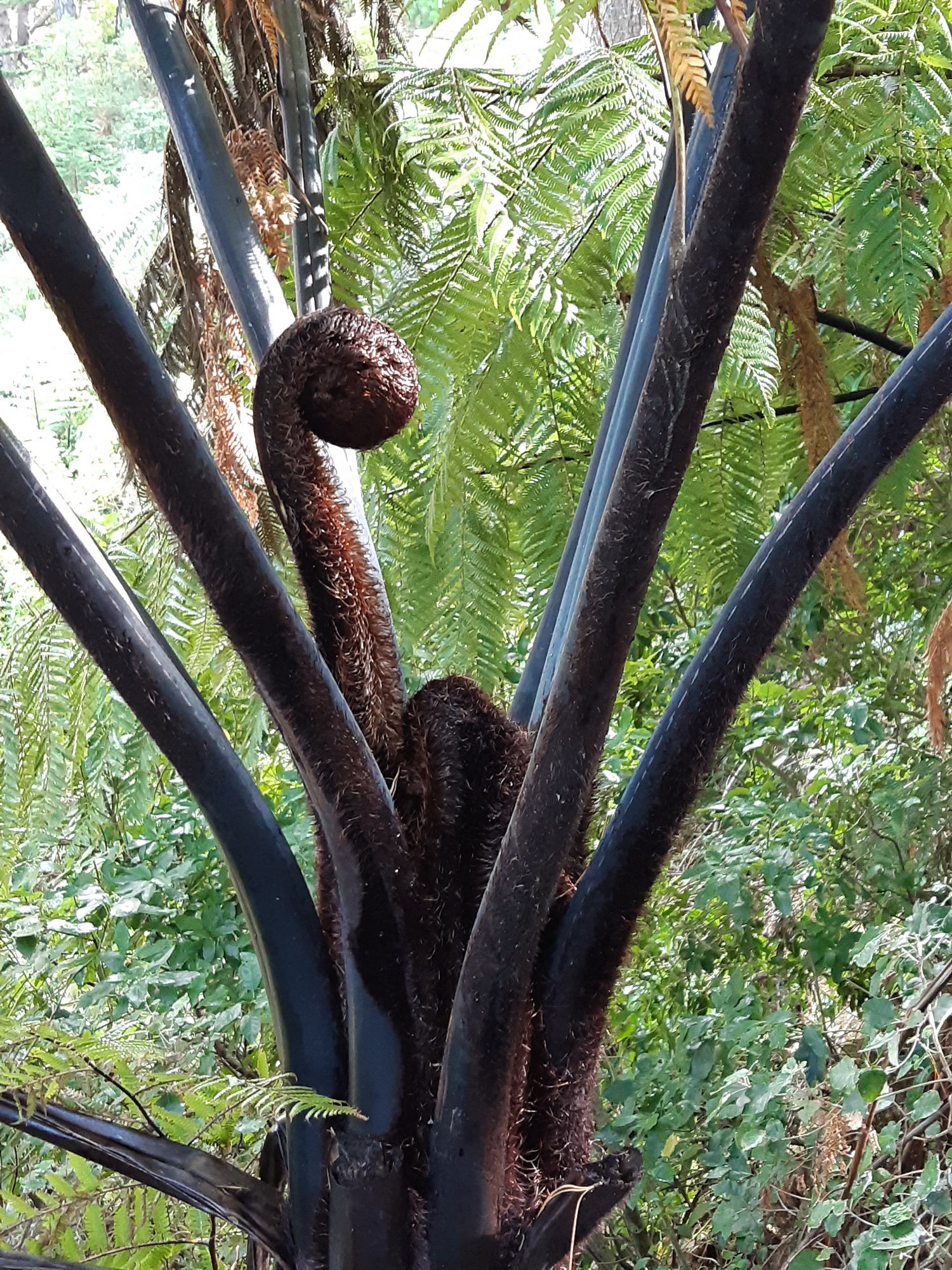I recently watched Donna Farhi’s keynote address from the Hauora Yoga Conference last year on Empowering People through interoception: restoring full sensory capacity. One of her points was illustrating how difficult it is to feel, understand and learn movements in your body with just verbal and visual cues.
Language is subjective and unique to each one of us. Not to mention translating words into a movement or feeling in your body can be a difficult challenge.
But the act of trying, is part of the process to develop an awareness of your body. The more you feel your body, the better you can understand how to make small or big changes in position and movement. That can help with managing and preventing injuries, tension and pain.
As a teacher, I’m always working to change the unintentional patterns in my teaching. I try to change the way we move, the types of movement and my verbal cues. It’s both about encouraging you to not get stuck in patterns, and also to give you the chance to discover something new.
For a small example, let’s look at three different ways to think about the position of your spine and hips in parsvottanasana, or intense side stretch. I’ve written about the position of the spine and hips in this pose to find a better stretch in the hip.

Try the pose above (read step by step directions) and think about each one of these cues below as you lean forward:
- Hinge at the hips
- Tip your tailbone up as you lean forward
- As you lean forward stretch up through your chest like a proud peacock
Did you find that the position of your hips or spine or chest changed when you considered the different cues? And if so, how did that affect the pose and the feeling in your legs?
The first two cues focus on getting you to lean your body forward from your hips. I’ve noticed that most people understand that concept, but then round their back forward trying to bring their head and chest as far down as possible.
That may or may not deepen the feeling of the stretch, but it’s not as effective at getting a better stretch and it’s a bit hard on your lower back.
So when you learn forward from your hips, your back or spine stays neutral, that means your head and chest stay up – like a proud peacock.





